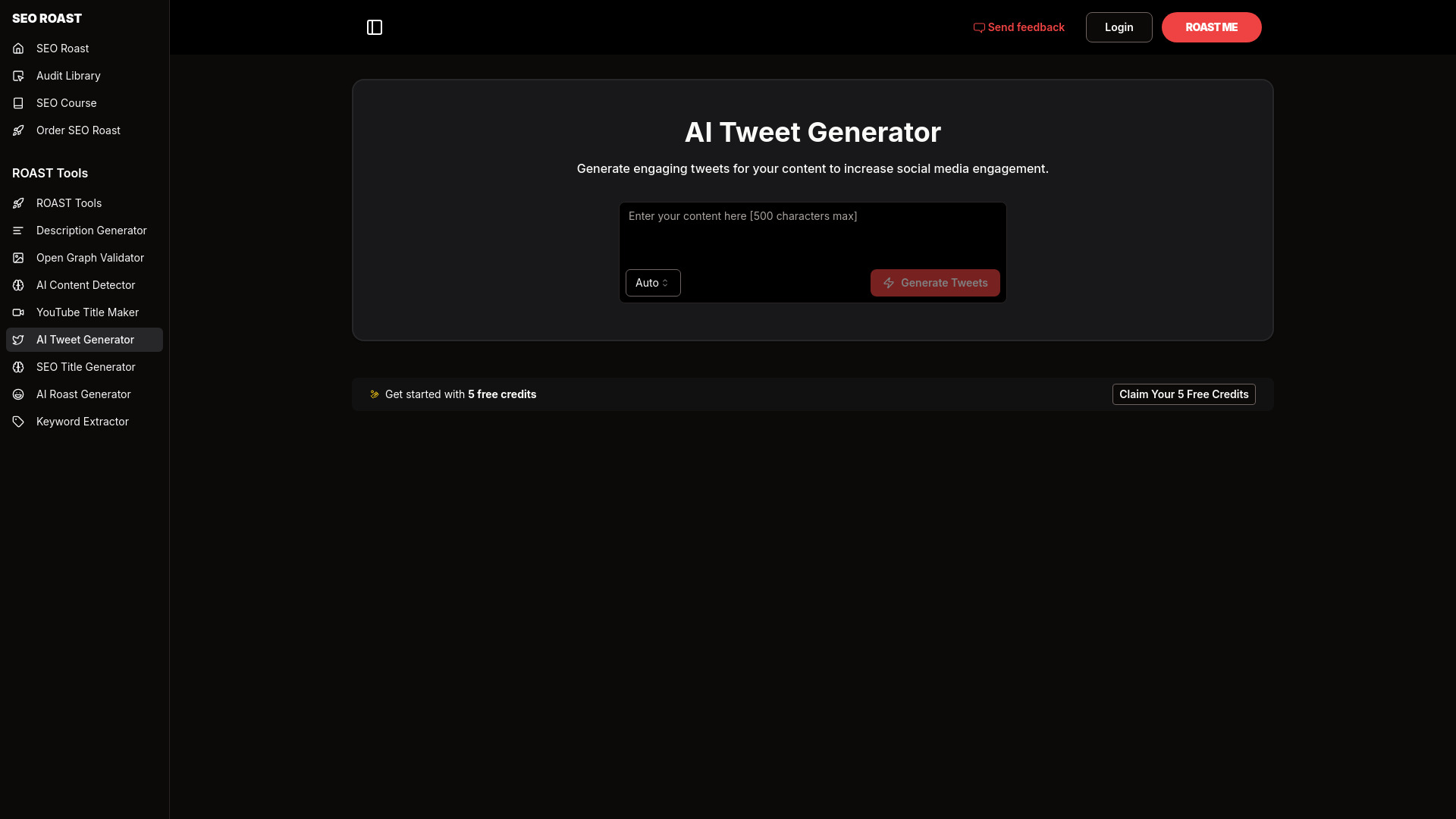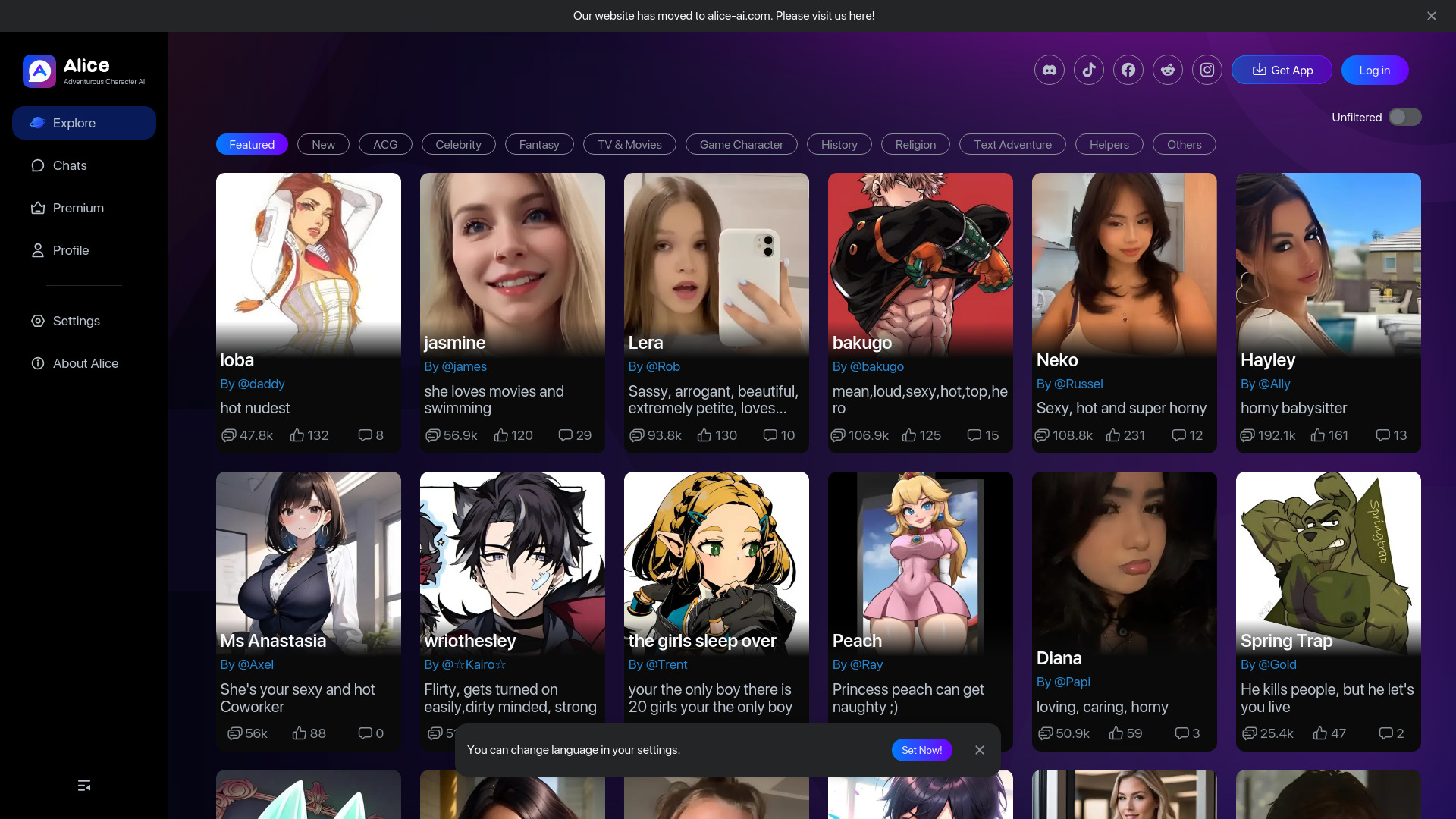AI Clothing Generator
The AI Clothing Generator uses algorithms to create unique apparel designs by analyzing trends, fabrics, and styles. It enhances creativity by suggesting personalized outfits, such as custom streetwear or sustainable fashion. Applications include virtual fitting rooms and e-commerce. Benefits include reduced waste and diverse designs, while challenges involve ensuring quality and managing copyright issues.
Primary AI
Most Commonly Used Task
Core Features
Realistic fabric simulation
Customizable design elements
User-friendly interface
3D visualization capabilities
Trend analysis and forecasting
Integration with e-commerce platforms
Use Cases
Personalized fashion recommendations
Virtual fitting rooms
Automated design creation
Seasonal trend analysis
Fabric pattern generation
Sustainable clothing production optimization
Most Helpful AI's
Primary Tasks For AI Clothing Generator
| # | Task | Popularity | Impact | Follow |
|---|---|---|---|---|
| 1 |
🧙♂️
Character creation |
50% Popular
|
78%
|
|
| 2 |
👕
T shirt designs |
50% Popular
|
72%
|
|
| 3 |
👗
Outfits |
0% Popular
|
72%
|
|
| 4 |
👗
Fashion advice |
0% Popular
|
82%
|
|
| 5 |
👗
Fashion design |
0% Popular
|
67%
|
|
| 6 |
🤖🔍
AI content detection |
0% Popular
|
87%
|
|
| 7 |
🎮
Game creation |
50% Popular
|
78%
|
|
| 8 |
💻
Coding assistance |
50% Popular
|
87%
|
|
| 9 |
👤
Avatars |
50% Popular
|
78%
|
|
| 10 |
💡
Idea generation |
50% Popular
|
75%
|
|
| 11 |
👨💻
Coding |
0% Popular
|
82%
|
|
| 12 |
💻
Code snippets |
0% Popular
|
75%
|
|
| 13 |
🎨
Anime images |
100% Popular
|
82%
|
|
| 14 |
🏋️♀️
Fitness |
0% Popular
|
75%
|
|
| 15 |
👔
Professional avatars |
0% Popular
|
72%
|




